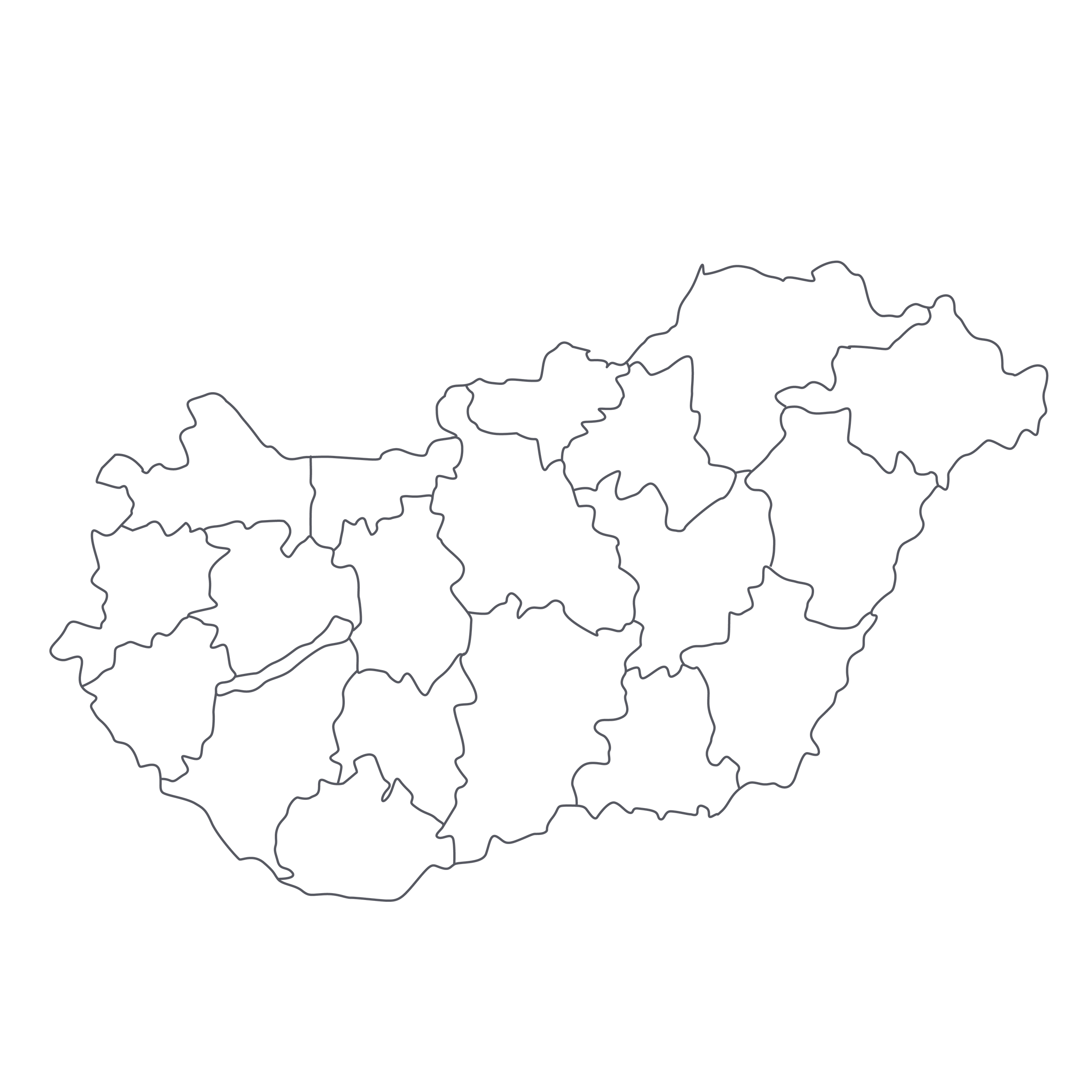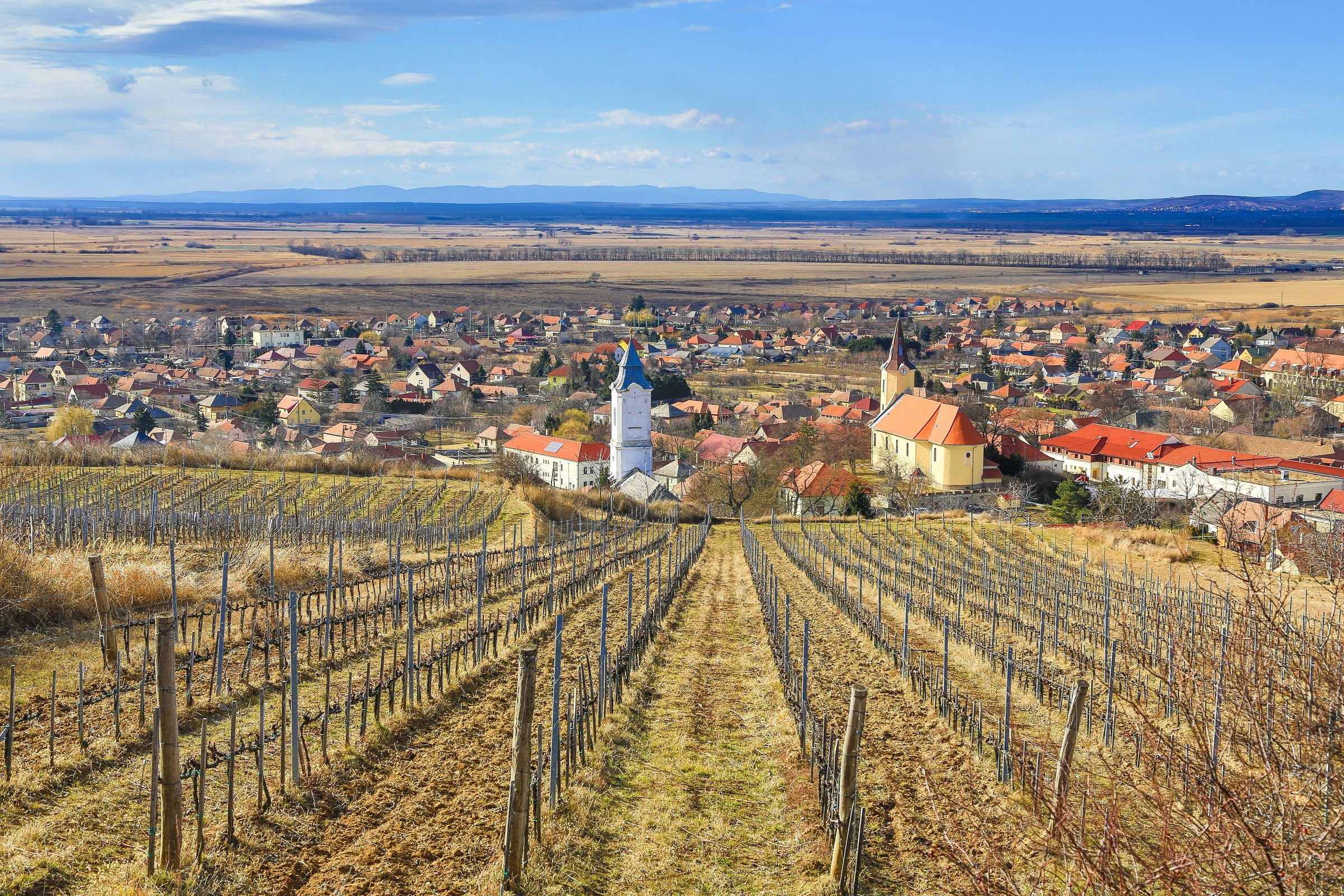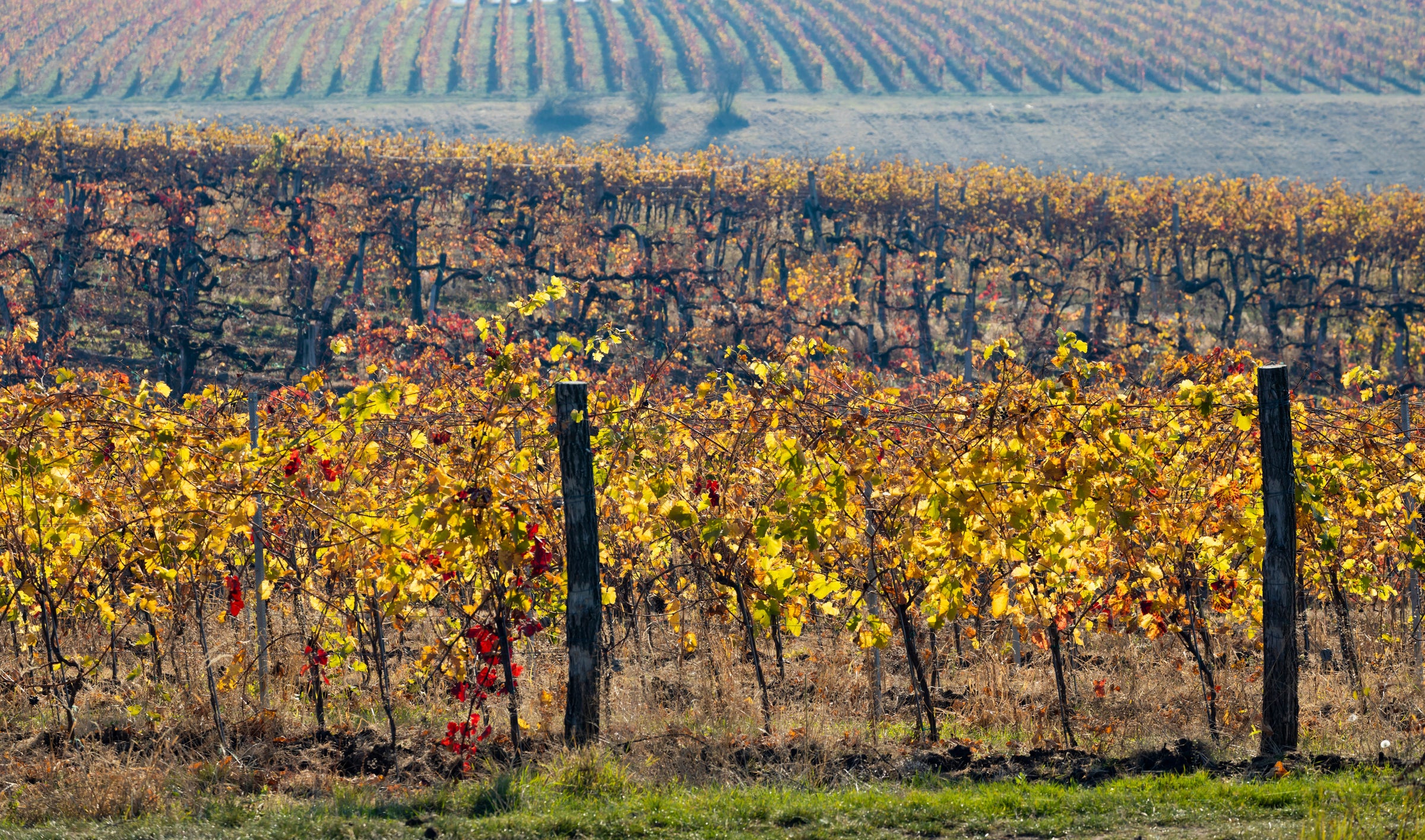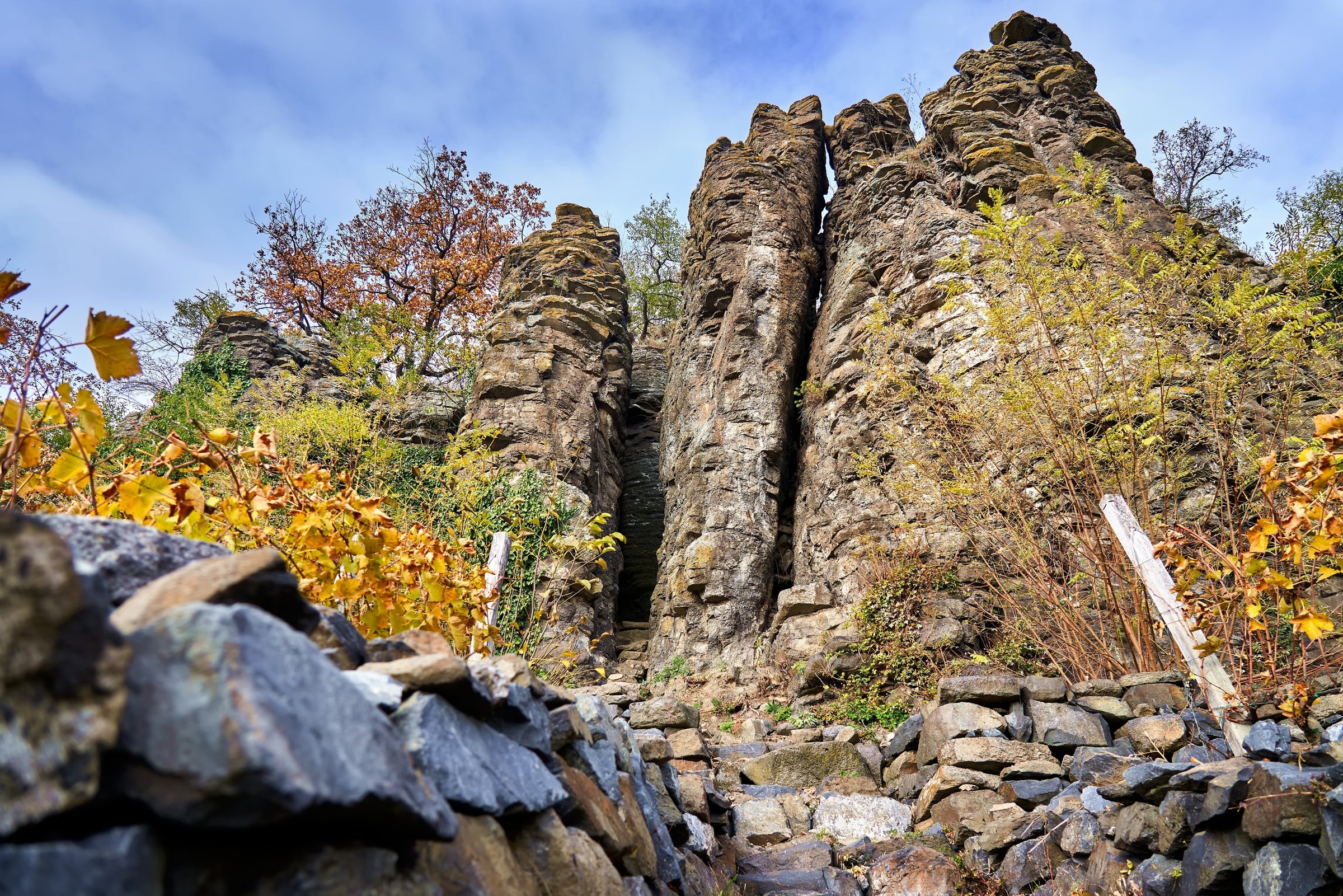Will Somló ever be a household name in the States? Unlikely; its production is too small, its vinous treasures too greedily consumed by locals, and, let’s be honest, its slate of indigenous varieties a little too hard to pronounce. But none of that changes the fact that this extinct volcano near Hungary’s western border ranks alongside regions like the Mosel and Chablis in producing some of the most distinctive white wines in the world.
Case in point: The energizing blend of honeyed orchard fruit, booming smoky earth, and laser-beam acidity contained within Kolonics’ Juhfark “Töhötöm-Hordó.” Born of soils formed by prehistoric lava flows and bottled from one single barrel, today’s wine carries the seriousness of many of the world’s greatest whites while simultaneously tasting like nothing you’ve ever had. When Hungarian wine experts speak of Somló, they get reverent, almost mystical, in tone. One sip of this stuff and you’ll see why; it’s bottled volcanic energy, ready to wow right now and reward years in your cellar. Load up!
Somló contains some of the most singular terroir in the world. It’s located in the northwestern corner of Hungary, and is actually part of the same Pannonian Plain as Austria’s Burgenland. But Somló is utterly unique from the area around it, being an extinct volcano, a mountain rising out of the plain, loaded with basalt and sand soils. Geologically, it resembles Etna in Sicily or the Canary Islands more than the rest of Hungary. The combination of volcanic soils—most often found in warmer, more Mediterranean climates—and the mountain’s cool, continental growing conditions accounts for the unique qualities of Somló wines. While Tokaj’s Furmint and Hárslevelü can be found here, Somló’s own Juhfark variety makes the most distinctive wines. It accounts for roughly 80% of the plantings around here. Juhfark means “Sheep’s Tail,” thanks to the shape of the grape clusters, and has searing acidity to balance the rich fruit and botrytis-influenced texture often found in Somló whites.
Károly Kolonics didn’t grow up on Somló, but visited his grandparents and great-grandparents there as a child. He now grows about nine hectares of local varieties and farms following a strictly organic protocol, rarely using sulfur in the vines and employing teas and oils for spray materials. His underground cellar is literally carved out of the side of the mountain, and it contains an incredible array of 1,500-liter barrels, many approaching 60 years old (how’s that for “neutral oak”?). He names each one for important figures from Hungarian history and bottles them individually when he feels they’re special enough. Today’s wine is such a case: The “Töhötöm-Hordó” barrel was named for a Magyar chieftain who settled the area. It’s 100% Juhfark that was macerated on its skins for 7-10 hours, after which it fermented spontaneously in barrel and sat undisturbed until bottling.
Károly’s Juhfark pours a pale straw with hints of silver and gold at the edges. Served just below cellar temp, it explodes from the glass with waves of golden pear skin, quince, just-ripe white peach, grapefruit pith, mint, spiced honey, sea spray, pulverized chalk, and rumbling smoke undertones. The palate is lean, salty, and incisive in its rocky cut, a prime example of the scintillating minerality possible in cool-climate, volcanic viticulture. Slightly more opulent golden fruit tones come through on the palate, but this is all about pure crushed stone and smoky earth. It’s powerful and thrilling right now, but with a few years in your cellar, the magisterial heights of Somló will come even more clearly to the fore. This is incredible stuff that no lover of mineral whites should pass up!







